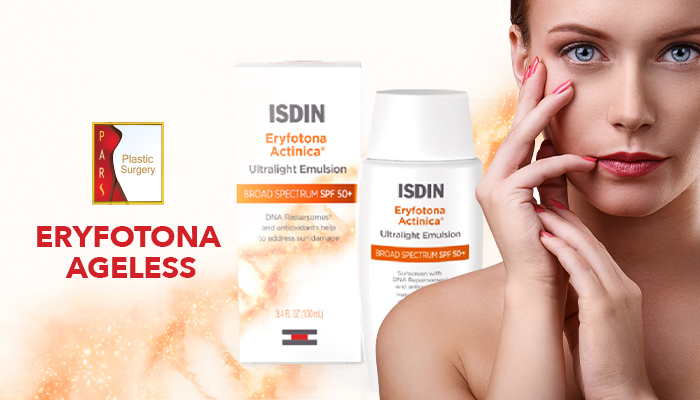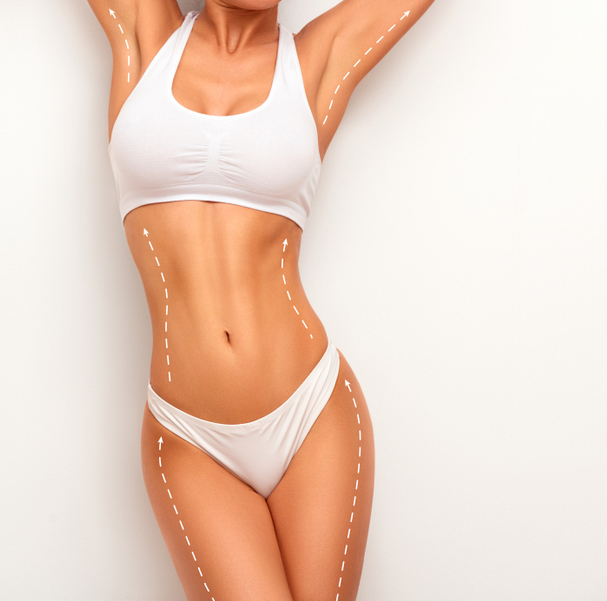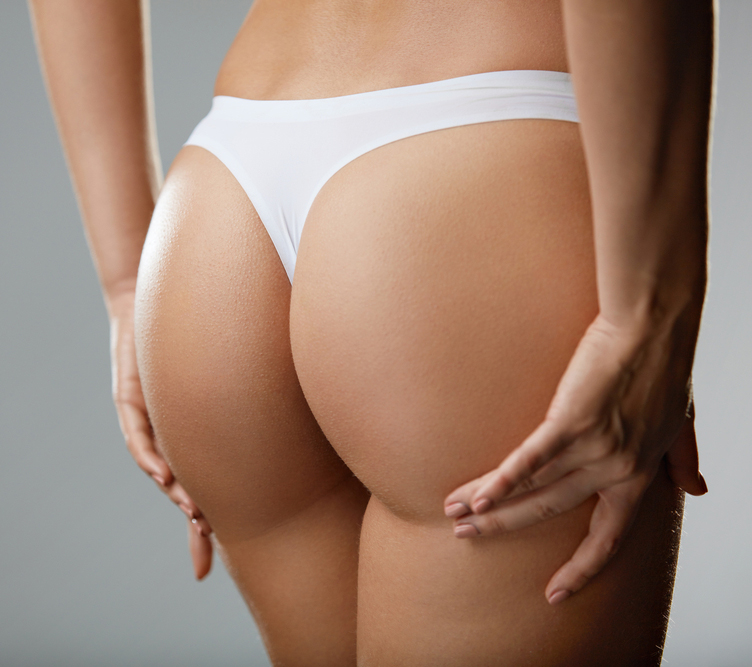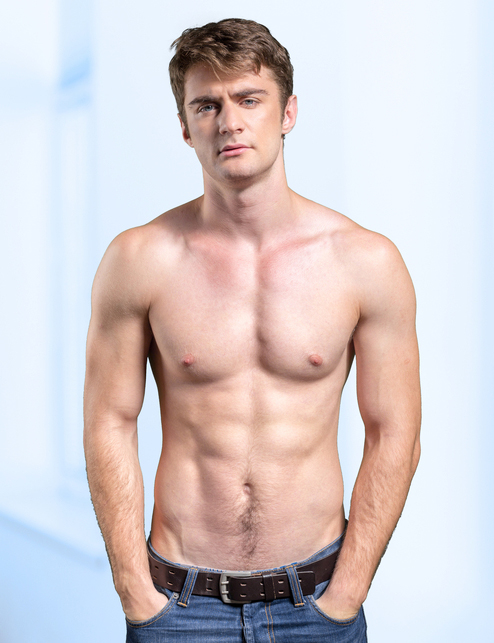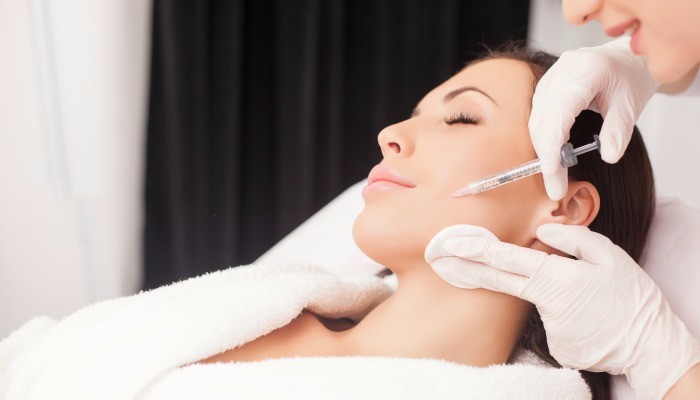
Dysport is an injection which contains abbotulinum toxin A (Botulinum toxin A); which is produced by the bacteria responsible for causing botulism (Clostridium botulinum).The mechanism of action of this toxin is that it blocks the muscular activation by the nerves. This produces a reduction in the muscle contraction.
Dysport received the approval of the U.S. Food and Drug Administration (FDA) as a wrinkle treatment in 2009. So nowadays, it is also effective to improve the appearance of severe creases; which are located in the glabellar region (between eyebrows), in patients 65 years or less for temporarily. However, this injection was originally developed in the 90’s to treat neuromuscular disorders, like the abnormal head position and neck pain that happens with cervical dystonia (CD) and spasticity in the arms in adults.
Dysport is similar to Botox; although according to researchers it works better than Botox, at least on certain parts of the face, and may be faster-acting and longer- lasting. Recently, a study was designed to figure out which drug (Botox or Dysport) could be best for smooth out crow’s feet wrinkles that extend from around the eyes. Participants had one side of their face injected with Dysport and the other with Botox.
Dysport proved to be superior in reducing the crow’s feet wrinkles when the patients contracted their facial muscles as much as they could. In addition, two-thirds of the participants preferred the results on the side of the face treated with Dysport. Moreover, another research suggests that Dysport spreads farther from the injection site, allowing treating a bigger area of wrinkles with fewer injections. This can be seen like an advantage, but it can cause serious life-threatening side effect when it spreads to other body areas.
Whenever the face makes a movement (like a smile, squint or frown) the facial muscles contract and the skin over those muscles creases; those creases disappear when the facial movements stop (dynamic wrinkles). While a person gets older, his/her skin loses its elasticity. His/ Her creases can become static or permanent.
In which cases is the use of Dysport contraindicated?
The patient should not undergo Dysport treatment if he/she has presented prior allergies to botulinum toxin products or cow’s milk. Other contraindications are if the patient has an infection, weakness in the muscles, or swelling especially in the parts of the body that will be treated with Dysport.
Patients with amyotrophic lateral sclerosis-ALS, myasthenia gravis, Lambert-Eaton syndrome, a breathing disease (like asthma or emphysema), problems with swallowing, weakness in facial muscles (such as ptosis of the upper eyelids, weakness in the forehead, difficult to raise the eyebrows), a seizure disorder, bleeding problems, heart disease, diabetes, has had or is going to have surgeries coming soon (especially facial surgeries), or has had prior injections of any product of botulinum toxin line (especially if those treatments has been made in the lasts 4 months), may need a dose adjustment or special tests to safely receive Dysport.
It is unknown if Dysport can effect a baby if the patient uses this product while she is pregnant or is planning to become pregnant soon, she should inform this condition to the plastic surgeon. And if the patient is breastfeeding they should inform the plastic surgeon because it is unknown whether or not it can be passed on through the milk.
How much do the Dysport injections cost?
Dysports are commonly comparable to Botox and in some cases it can be slightly lower. Exact price points are not available. This is because the use of Dysport was recently approved in the U.S.A; however some experts say that Dysport cost $6 per unit, without including the extra costs (like medical fees).
What is the procedure of Dysport injection?
Dysport is injected directly into the muscles that cause the facial wrinkles, immobilizing them temporarily. This product is used specifically in the glabellar muscles. The injection is performed to one to three centimeters of the site to be treated because it tends to diffuse a bit farther from the injection point (the Botox spreads one centimeter).
This means that fewer injections are needed, but also it means that the plastic surgeon must be skilled to ensure that the drug does not spread to nearby muscles and cause and/or eye drooping or other unwanted side effects
Usually, only three to five injections are needed to treat glabellar lines. Most people find the injections almost painless, so a local anesthetic is not usually needed; however, the patient can request an anesthetic or numbing cream prior to treatment. It is a quick procedure; the treatment session typically lasts less than 15 minutes.
Are Dysport injections results permanent?
The results or the full effect of treatment begins to appear within one to seven days after the injection (three days in average), as the muscles gradually relax. Dysport injection contains less protein than Botox, so the body tends to break it down more slowly; nevertheless, specialists say the results lasts longer than Botox. A large clinical trial reported that the effects lasted more than 13 months in some people, compared with Botox results, which can last up to four months. It is important to know that the patient should not be treated with Dysport with less frequency than 90 days; if the patient switches his/her plastic surgeon, then he/she should inform the new plastic surgeon when the last botoulinum toxin injection was.
Which are the side effects and complications of Dysport injection?
The effect of Dysport can extend to other areas of the body where it was not injected; which can cause serious adverse reactions, even life-threatening. This makes it extremely important to follow all surgeon recommendations and be completely honest about his/her medical records.The patient must call his/her doctor if he/she has severe side effects like hives, breathing difficulty and feeling like he/she might pass out, swelling of the face, lips, tongue, or throat.
Likewise, the patient can present trouble talking, or swallowing, changes in the voice, ptosis in the upper eyelids, problems with vision, important weakness in the muscles, incontinence, severe generalized rash, irregularities in the heartbeats, pain in the chest that may extend to the arm or shoulder in the same side, general discomfort, and less severe symptoms as discomfort, pain, swelling, and redness in the site where the injection was performed, even several weeks after having it.
Dysport is made from human plasma (part of the blood) and may contain viruses and other infectious agents. Although the donated plasma is tested and treated to reduce the risk of containing infectious agents, there is still a small possibility it could transmit disease.
Dr. Amjadi MD, DDS, FACS
Certified by the American Board of Plastic Surgeons
915 Gessner Rd #870
Houston, TX 77024
713-465-6198




